About This Course
Painted Walls and Altarpieces
In Italy, a tradition of painted walls on the interior of churches continued what had been the legacy of Classical aesthetics well through the Romanesque. With chaos in the Byzantine Empire after the Fourth Crusade, influences and exchanges between Greek and Latin approaches to two-dimensional artworks- icons, in the tradition of the former, or murals, in the tradition of the latter- led to distinctive new looks. Naturalism, a new interest in showing the human body from all angles, intensity of emotional expression, and the new use of light- chiaroscuro- to reveal the body's mass are some of the final legacies of Medieval Italian painting which anticipated the major evolutions of the Renaissance to follow.
We see religious paintings cling to orthodox typologies established in the Byzantine era, but it is how the image is represented in these Late Medieval works that distinguish them from their predecessors. We no longer see “floating” figures, winged or not, occupying the upper register around the enthroned Madonna; they are more or less restricted to a groundline which remains firm and naturalistic. Painted robes repeat linear pattern so beloved by Byzantine painters, and instead, we see a play between light and shadow emerge and give sense of the physicality of solid bodies underneath layers of fabric. Certain elements of craftsmanship endure and continue to tie the work to the Byzantine and Medieval traditions. Gold leaf is still used abundantly, and the wood itself is stamped with shaped metal rods, creating texture through its indentations which were then filled with gold leaf as well.
This course covers the influences and foundations of the Western painting tradition, with an emphasis on developments on the Italian peninsula by majors artists Giotto, Cimabue, Duccio, and others.
Students will learn the key developments, vocabulary terms, and works of art which are associated with Medieval Italian Painting.
Vocabulary terms to know are included as a final list at the end of the course.
Evolution in style, medium, and theory of painting will be charted through the Late Medieval period in Italy specifically.


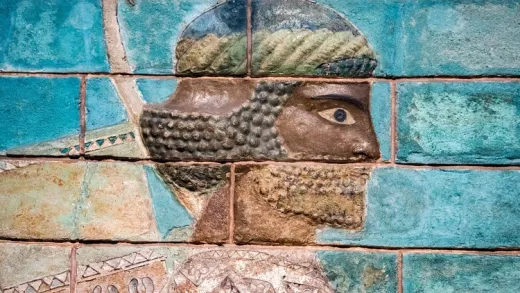
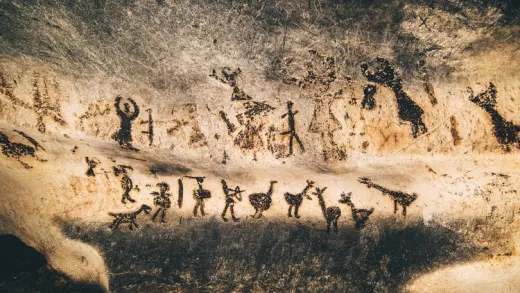
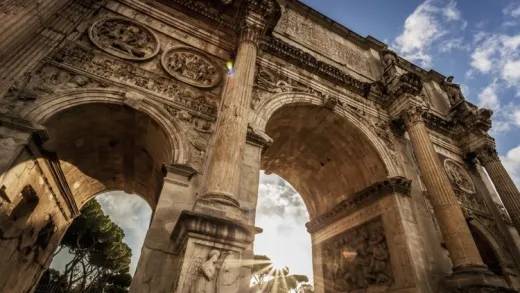
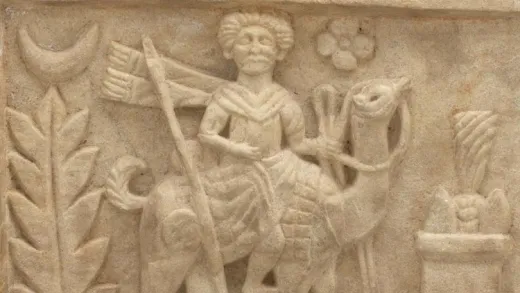
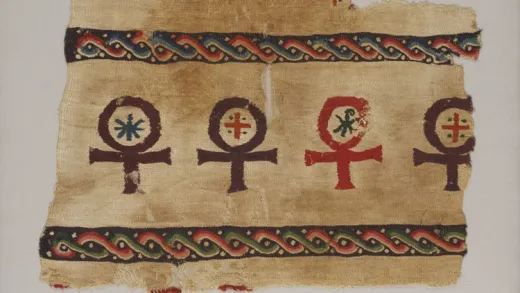
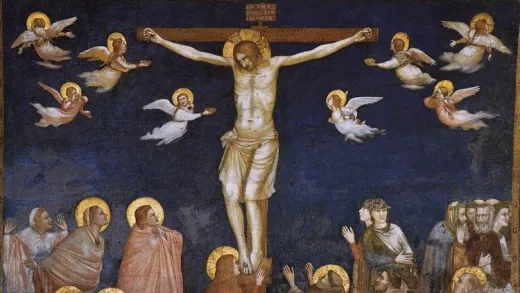

Stephen G.
one of Dr. Lilly’s best - a very important baseline for understanding early Renaissance to follow